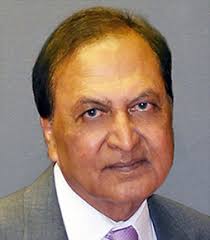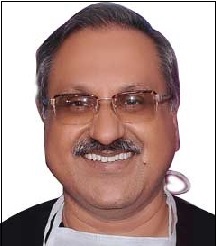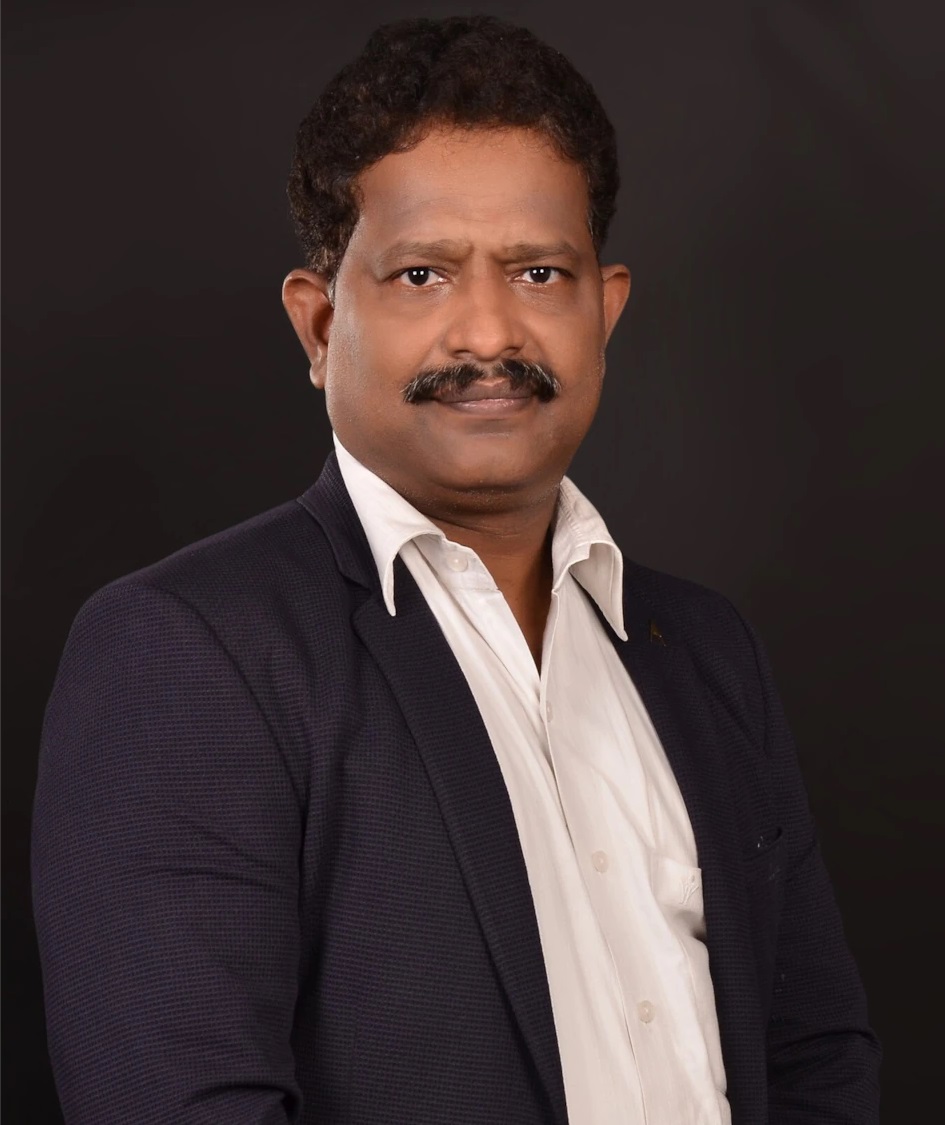Rhinoplasty – Reshape Your Nose for a New Look
Introduction

Rhinoplasty, commonly referred to as a ‘nose job’, is a surgical procedure that modifies the size, shape and the symmetry of your nose. Usually, people undergo Rhinoplasty to amend the breathing problems or fix the disfigurement of the nose. Leaving behind a satisfying experience, it can improve the overall look of your face. At the best, it can enhance your nose structure to make it look normal/ and in proportion to your face.
When Can You Go for Rhinoplasty?

Rhinoplasty is one of the most common plastic surgeries and in fact, quite safe for teenagers as well. As the foremost criterion to perform a nose plastic surgery, the nose has to be fully developed. The surgeon will evaluate if the young patients are emotionally ready for the Rhinoplasty procedure and will guide them through the entire process accordingly.
Find a Plastic Surgeon in Your Area
Find Top Surgeons in India by Procedure
Find the Cost of a Procedure
The skin covers:
• Bone: The upper portion of the nose
• Cartilage: The lower portion of the nose
Through Rhinoplasty, you can correct all three – skin, bone, cartilage or their combination.
You can go for Rhinoplasty if:
• Your nose looks flat and broad
• You nose is too large or too small in proportion to your face
• Your nose isn’t symmetrical
• You have a prominent bump on your nose
• You have breathing issues due to the structure of your nose
• Your nose becomes distorted or crooked after an accident
• The tip of your nose is wide, lengthy, looks elevated or slumps
• You have any imperfection in your nose due to birth defects
Choosing the Right Surgeon
Choosing a highly experienced surgeon in Rhinoplasty is important for the success of your nose job. Ask your plastic surgeon as many questions as you want to. This will give you an idea about hisexperience and expertise. The expert should typically inform you about both the good and bad consequences of the nose surgery. He will go through your medical history to find out the conflicts that can lead to complications with the surgery, if any.
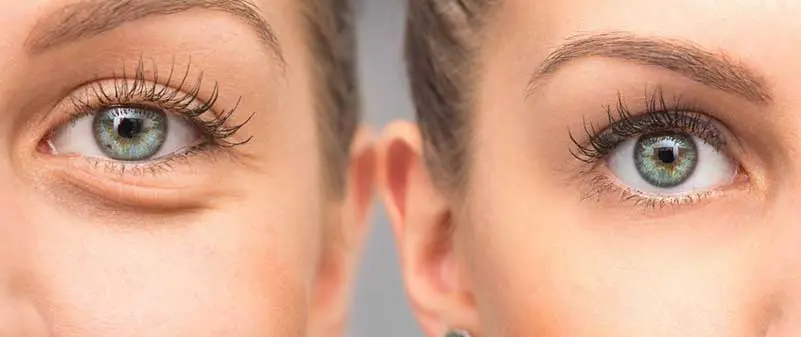
While considering few surgeons for Rhinoplasty, be sure to ask about the outcomes of their previous nose jobs. You can also request to see the photos of before and after results regarding the nose jobs and check if you want the same kind of result for yourself. Check online reviews of the surgeon and his clinic to see if it suits your cause. At the end of the day, you must feel secure and comfortable with the surgeon you choose. Therefore, it is essential to spend considerable time, explore your options, and make the right call.
Rhinoplasty Cost
The cost of Rhinoplasty in India starts generally from around 1 lakh rupees for a simple nose surgery and can increase to a few lakhs depending on the complication of the surgical procedures. If you are undergoing Rhinoplasty as a process of cosmetic surgery, you may not find insurance cover for it. If it is not a cosmetic treatment, it is always wise to contact your health insurance provider and inquire about the coverage for your nose surgery.
Types of Rhinoplasty
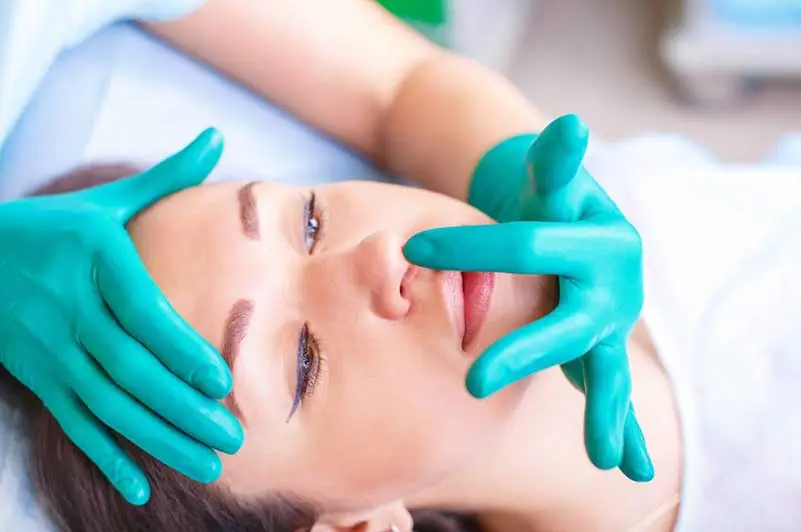
There are two types of Rhinoplasty performed depending on the intensity of the treatment.
Open Rhinoplasty
For patients who need an extensive nose reshaping job, open Rhinoplasty is a recommended option. In an open Rhinoplasty, the surgery starts with a small incision made at the bottom of the nose and in between the nostrils. This opens up the nose and provides complete access to the internal structure of the nose allowing the surgeon to modify the nose to the desired structure.
This surgery could leave a small scar at the base of the nose, which will become almost invisible once you heal from the surgery.
Closed Rhinoplasty
A closed Rhinoplasty is suitable for patients who need minor adjustments in their nose. In this type of surgery, the surgeon makes an incision inside the nostrils thereby leaving no scars or signs of surgery. This kind of incision allows for only limited access inside the nasal structure and is therefore not a recommended option for more complicated nose surgeries.
Risks Associated
As with every surgical procedure, Rhinoplasty also accompanies few risks. Some patients may not be satisfied with the way their nose looks after the surgery while others may experience some post-surgery issues like:
• Bleeding from the nose
• Numb nose
• Allergic reactions due to anaesthesia
• Prominent scars at the base of your nose
• Skin problems like discolouration or swelling
• Difficulty in breathing
• Infections
It may take some time for the new patients to adjust to the new appearance of their nose. Therefore, surgeons mostly suggest the patients to wait for a few days before deciding on a second surgery based only on the look of your nose.
How Can You Get Prepared?
Once you finalize your surgeon, it is important to sit down and have a clear conversation. Discuss your expectations with your surgeon and get his opinion. The surgeon will advise you more about the transformations that the Rhinoplasty surgery can bring to your appearance. He will also inform you about the myths associated with the surgery.
Sometimes, after undergoing Rhinoplasty to improve the appearance of your face, the patients may have to undergo chin surgery or any other related plastic surgery procedure on your face. It will improve the overall look and help you reach your expected results. Your surgeon will make you aware of all such probable surgeries that will accompany Rhinoplasty. After knowing all the necessary details, it will finally be your call.
While discussing with the surgeon, it is important to inform the surgeon of your medical history – any medications you are on, any surgery you have undergone earlier, or any other medical conditions you possess.
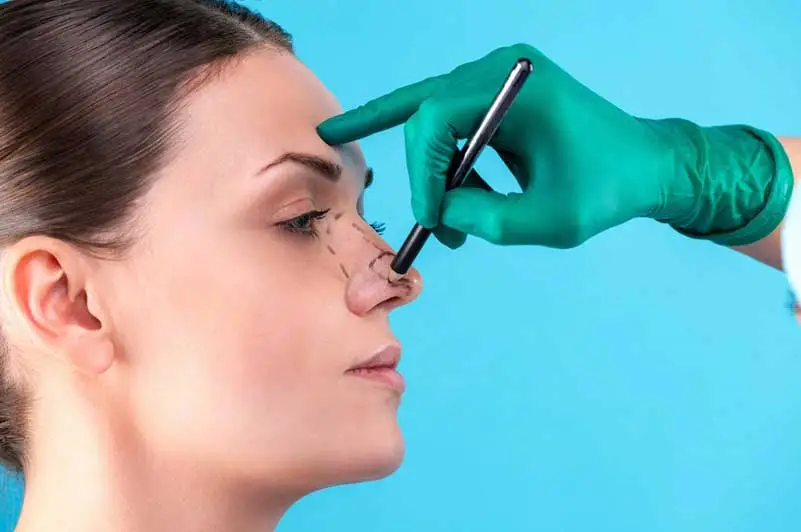
You will go through a physical examination of the nose followed by laboratory tests. The surgeon will examine your nose and take note of certain factors like:
• Its thickness
• The bone structure
• The breathing passage
• The strength of the cartilage
All these factors help the expert to ensure a successful surgery. His team will also photograph your nose to use it for planning and review to compare the changes in the nose structure after the surgery.
If you take aspirin or ibuprofen often, your surgeon will recommend you to stop the intake of these medicines at least two weeks before your surgery. This is because such medicines may slow down the blood clotting process, hence resulting in excessive bleeding. Also, if you have any condition of bleeding disorder, your surgeon can advise you not to opt for Rhinoplasty. Regular smokers may have difficulty in recovering after the nose job, as the nicotine can slow down the healing process. Therefore, it is better to quit smoking at least a few weeks before the surgery.
What Can You Expect on The Day of Your Rhinoplasty Surgery?
The surgeon will perform Rhinoplasty procedure at his clinic or at any other medical facility that provides all the surgical necessities.
Anaesthesia
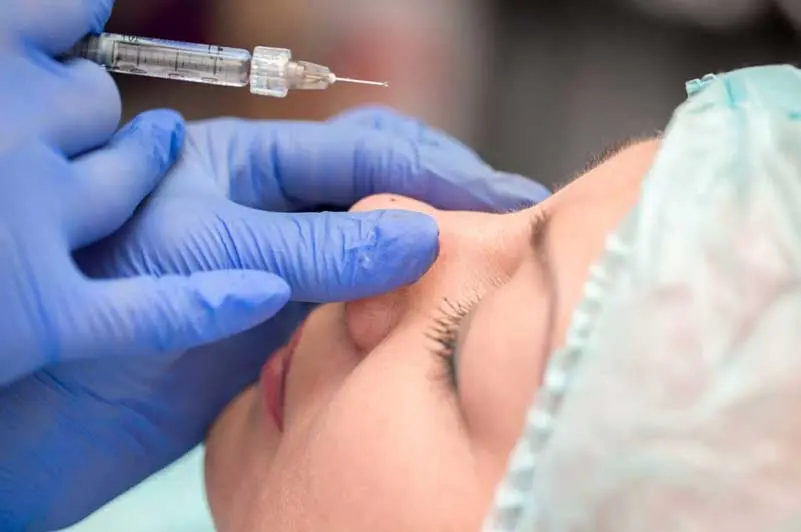
At the beginning of the process, the surgeon will give local anaesthesia or general anaesthesia. Local anaesthesia will make your nose numb, but you will remain awake through the entire surgery. Surgeons usually administer general anaesthesia through an IV tube or can ask the patient to inhale it, in order to go unconscious.
The Procedure
The surgeon’s team will keep a regular check on your pulse, heart rate, and blood pressure throughout the surgery. As discussed prior to the surgery, the surgeon will perform an open or closed Rhinoplasty on your nose. He will make a small incision either on the base of your nasal tip or inside your nostrils to adjust the bones and the cartilages inside.
Depending on the kind of the nasal reshaping expected, the surgeon may add or remove the cartilage. For minor procedures, the expert may cut through and add the cartilage from the ear or deep inside your nose. In case of extensive nose surgery, he may consider taking cartilage from other parts of your body or an implant.
After obtaining the desired shape, the surgeon will place the skin back in its position and stitch the incisions made.
In case of general anaesthesia, you will find yourself in the recovery room after an hour or two after the surgery.
Post-Surgery Care

Your surgeon may place metal or plastic splint on your nose to help the recovery process and prevent any accidental damage to your nose. Immediately after the surgery, you will have to keep your head at an elevated position higher than your chest to reduce bleeding and mitigate swelling.
Depending on your condition after the surgery and the effect of the anaesthesia administered, you can leave for your home a few hours after the surgery.
You may come across some swelling and feeling of discomfort on your nose and at times, around the eyes, which will disappear in a week or two. The splint and the nasal package will remain at place for a week depending on the intensity of the treatment. Sometimes, the surgeon may keep nasal packing inside the nose to hold the splint and provide extra support to help the healing process. This may give you a temporary uncomfortable feeling.
If you have absorbable stitches, then these stitches will automatically dissolve, as the nose heals leaving no signs of the surgery. If absorbable stitches remain unused, you need to visit the surgeon a week after the surgery to remove the stitches.
You can experience bleeding a few days after the Rhinoplasty procedure. The surgeon will place a drip pad directly below the nose to absorb the blood. You will need to change it at regular periods as the surgeon advised.
Recovery after Rhinoplasty
You can return to your normal life with a few precautions two to three weeks after the surgery. You shouldn’t participate in certain activities for at least five to six weeks after the surgery like excessive exercise, bending, lifting, running, swimming, etc. Besides, any facial activity that may cause strain to your nose like heavy chewing, using heavy glasses or brushing of teeth is also better to avoid.
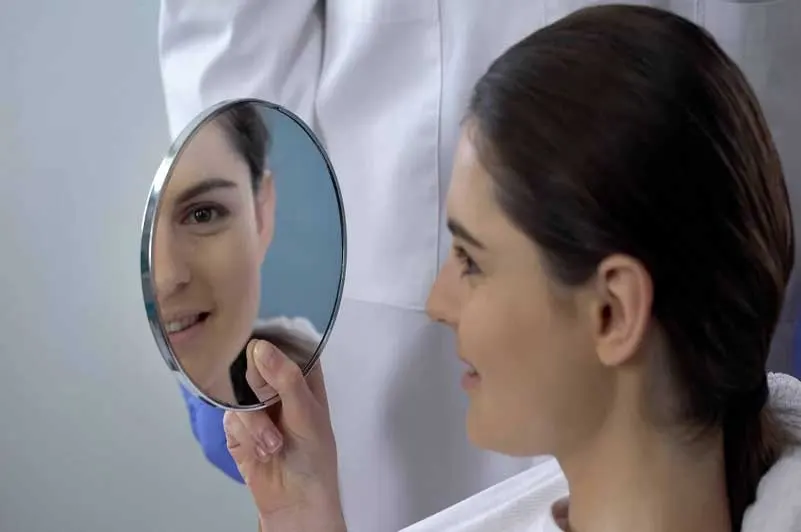
Also, ensure to get ample exposure to the sun after the surgery, as this could worsen the discolouration of your nose and around your eyes. Make sure to note down all the precautions suggested by the surgeon before leaving the hospital.
After the Rhinoplasty surgery, there can still be some swelling, which could last for a few months to a year but wouldn’t be noticeable to the others around you. If you experience any discomfort, sudden pain or discolouration a few months after the surgery, contact the surgeon immediately.
It may take some time to adjust with your new nose shape. Even a slight change to the length of your nose or its symmetry can change the way your entire face looks. Though the nose shape may be the one you asked for, it can take a week or two to become familiar with this new shape of your own nose.
It is essential to follow all the surgeon’s instructions and keep your appointments to ensure a smooth and speedy recovery.
To know more about any aspect of Rhinoplasty or to opt for this treatment, feel free to contact us. We will help you to connect with the best Rhinoplasty surgeon in your vicinity.
our surgeons:












